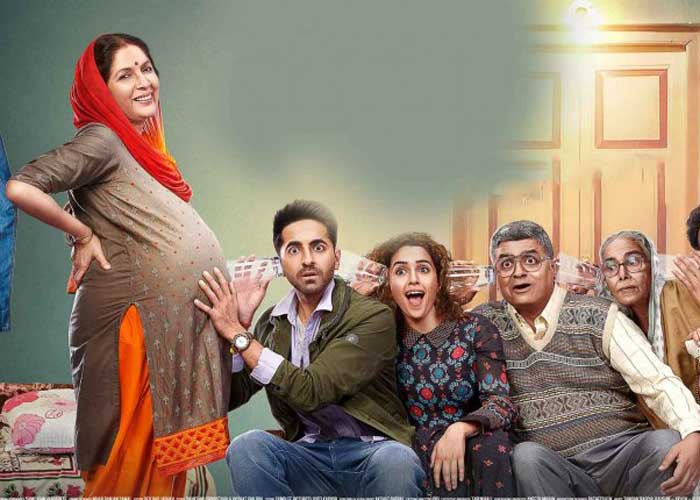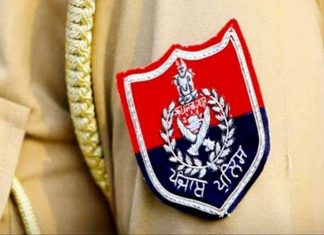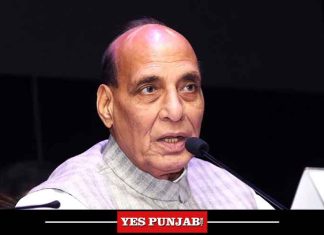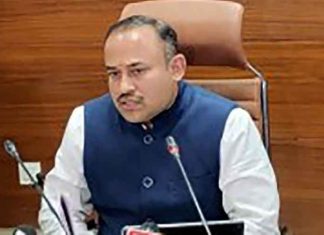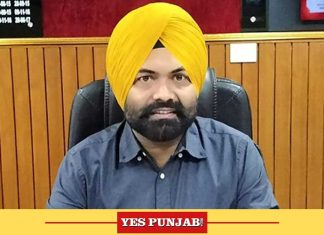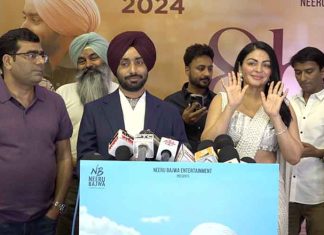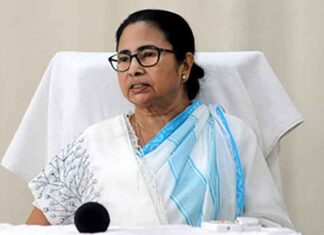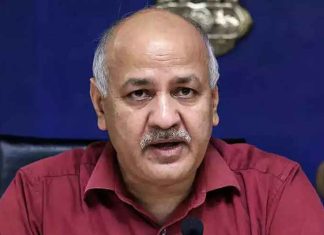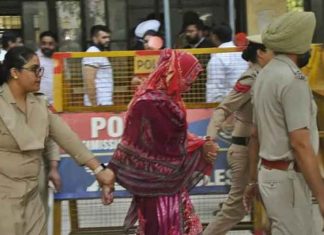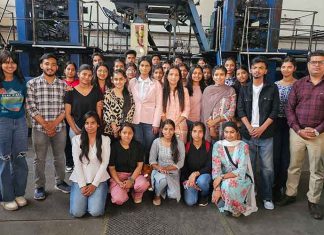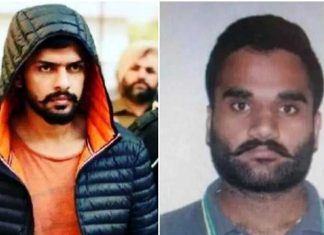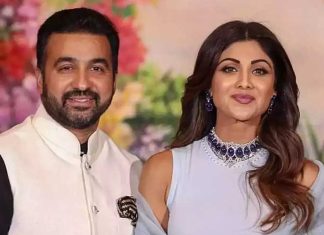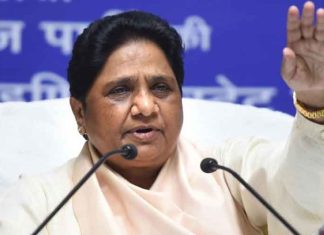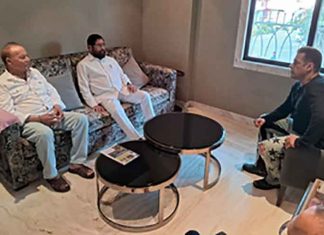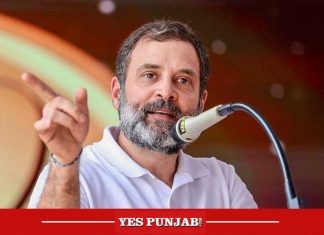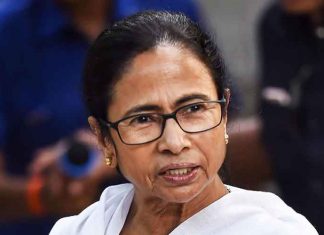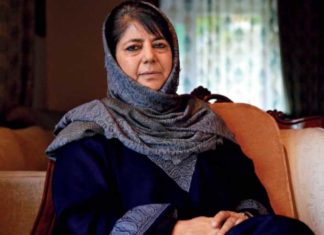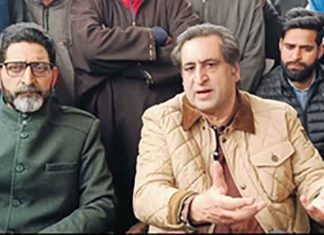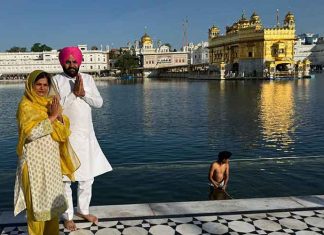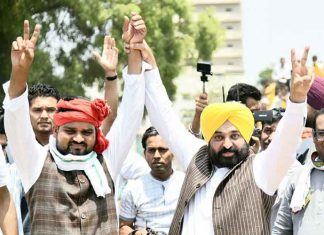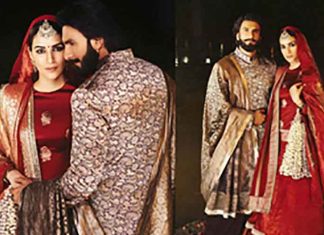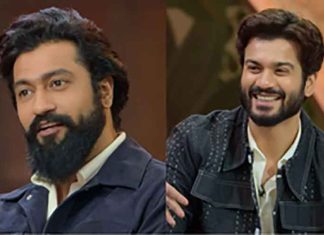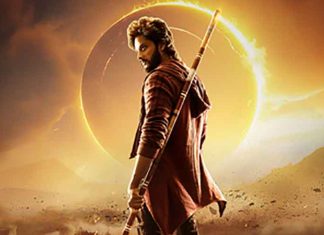The film industry is now again in a transition mode since the start of the 21st Century. It has been doing so from time to time, from the beginning. The silent era, the black-and-white era, the introduction of sound followed by colour and the experiments that followed.
Like, the 70mm, Cinemascope, Panavision, Technicolor, mono sound to stereo to Dolby and multichannel. Transition from studio sets to outdoor locations to foreign shoots. From heavy static cameras to Steadicam to now digital camera, and from inflammable films to now discs. From 15 to 18-screen releases in metros to now in hundreds.
What did not change for a long time was content. Somehow the industry never truly encouraged writers, or found talent in the storywriting department. The word in use in those days was “Bhed Chaal”. If a particular theme worked with the audience, every maker tried to make a similar one.
Subjects were copied, often from foreign films. There was this famous instant when a foreign studio sued a Hindi producer for copyright infringement. He produced a classic hit in “Bees Saal Baad” (1962) and his distributors made money. Next, he produced “Kohraa” (1964), a version or rather a copy of Hollywood film, “Rebecca”.
The film lore says that he did not repeat one of his North India distributors of “Bees Saal Baad” for “Kohraa”. The distributor, who expected the film to be a similar hit as “Bees Saal Baad”, ratted to the Hollywood copyright owner and Hemanta Mukherjee had to face a legal suit!
The filmmakers were not so privy to what was happening in the West as they are now, and few from the industry travelled out. But, surprisingly, they could still copy a film or music from Hollywood. They could afford to wait because the Hindi audience would never know the source.
The copyright laws have become stricter and, now, a lot of foreign companies have offices in India which keep a watch.
There have been many copy-paste versions of foreign films in India, mainly Hindi. But, nobody bothered at that time since India could hardly be called a market for Hollywood films. Hollywood films were released in India months after their first release and, just a few cities saw their release. There was a limited audience for those films.
Instead of copying foreign films, now the makers prefer to acquire rights for a remake. But, taking readymade content still rules.
Hindi filmmakers have never been known to encourage writers nor pay them their due price. There were great writers till 1970s. I think film writing and Urdu language went hand in hand. They complemented each other.
The era of Urdu writers ended by the ’70s. Since then, only two writing credits made an impact and both were inspired by English movies and novels. The writers were KA Narayan and the Salim-Javed duo. Let alone the themes, even their dialogue writing reeked of American novelists!
Till late ’70s was the period when there were a number of good writers around who had a feel of the audience’s taste. Most of these writers’ films guaranteed a jubilee run. When talking of these writers, one can’t but start with novelist Gulshan Nanda. Nanda’s novels and scripts accounted for many films the memorable among them being, “Kati Patang”, “Neel Kamal”, “Khilona”, “Sharmeelee”, “Naya Zamana”, “Daag” — all jubilee hits.
Then, we had Sachin Bhowmick, a legendary writer, celebrated for a line-up of hits. He worked with almost all prominent production houses and just fell short of a 100 credits.
Many sensible filmmakers preferred to work with a team of writers. They used each other like bouncing boards. BR Chopra’s films, for instance, never gave credit to a single writer. The credit was always given to the BR Film’s Writing Department. Manmohan Desai, Rakesh Roshan, Prakash Mehra and all such producers sat with their writers and came up with mass appealing stuff.
As trends changed, so did the writers. Makers like Manmohan Desai believed that they catered to the masses and so did makers of South remakes. And, such films needed writers who could make funny but irreverent jokes in the name of writing.
Kader Khan excelled and he ruled the roost for over a decade. Yet, when it came to Mumbai makers, Kader Khan worked with writers like KK Shukla and Prayaag Raj because the films here needed to be more meaningful.
The South era ended and the Mumbai makers were back on their own. This coincided with the CD, VCD era. These gave a novel way to copy films from not only the West but also other countries! Foreign films were much shorter compared to Hindi films. There were makers who gave two foreign films to a hero saying: “Aap dono dekhlo, ek first half hai and duuja second half”.
We didn’t even have writers who could adapt a Hollywood film successfully into a Hindi script. In that case, why don’t we encourage writers? Why can’t the major filmmakers have a team of writers on the payroll like BR Films did?
It is probably because, they think that having a big star is enough. Well, it helped for a while. Not anymore. Lately, the big stars have disappointed while the content-oriented small films have proved to be big hits.
The industry people mouth the adage, “Content Is The King”, but chase stars. The things have changed for the better as big stars made themselves scarce making films for selves and relatives. New stars have been emerging, surviving and helping make films within budgets that are economically viable.
A new breed of writers with fresh ideas are finding takers over the past few years. Some subjects like “Piku”, “Vicky Donor”, “Toilet: Ek Prem Katha”, “Pad Man”, “Sui Dhaga”, “Hichki”, “Kesari”, “Super 30”, “Gully Boy”, “Saand Ki Aankh”, “Badhaai Ho” and many such, which no maker would have touched earlier, now not only get the makers but also the audience.
Many new writers, men and women, are now able to make themselves heard. The writers who have made a mark include Juhi Chaturvedi (“Piku”, “Vicky Donor”), Sharat Katariya (“Sui Dhaaga”), “Pad Man” (Swanand Kirkire with R. Balki), and Bhavani Iyer (“Raazi”), and Garima Wahal and Siddharth Singh (“Toilet: Ek Prem Katha; Garima has also worked on other film scripts).
@The Box Office
* Three new films released this week to cash in on the Diwali spirit and holidays. Of the three, “Housefull 4” has the advantage star-cast wise as well as that of being a part of a franchise. The film’s earlier three versions met with varying degrees of success at the box-office. Also, the film has had a decent advance booking and is expected to do well.
The second releases, “Made In China”, will surely be the second preference while the third, “Saand Ki Aankh”, could have avoided the clash with these two films.
* The week past, pre-Diwali dull period, saw the release of as many as 11 Hindi films and the outcome was disastrous, as expected. The films released were: “Laal Kaptaan”, “Ghost”, “#Yaaram”, “Kirket”, “P Se Pyar F Se Faraar”, “Junction Varanasi”, “Love Shots”, “Officer Arjun Singh IPS”, “Jacqueline I Am Coming”, “Life Mei Time Nahi Hai Kisiko” and “Zindagi Tumse”. None of these films collected more than three crore.
* “The Sky Is Pink” has collected about Rs 20 crore in two weeks.
* “War” collections stand at Rs 293 crore at the end of week three (plus Rs 14 crore from Tamil and Telugu versions).



